
gardentropics The Bilva Tree
Description. Aegle marmelos is a deciduous shrub or small to medium-sized tree, up to 13 metres (43 feet) tall with slender drooping branches and rather open, irregular crown.. Bark. The bark is pale brown or grayish, smooth or finely fissured and flaking, armed with long straight spines, 1.2-2.5 centimetres (1 ⁄ 2 -1 inch) singly or in pairs, often with slimy sap oozing out from cut parts.
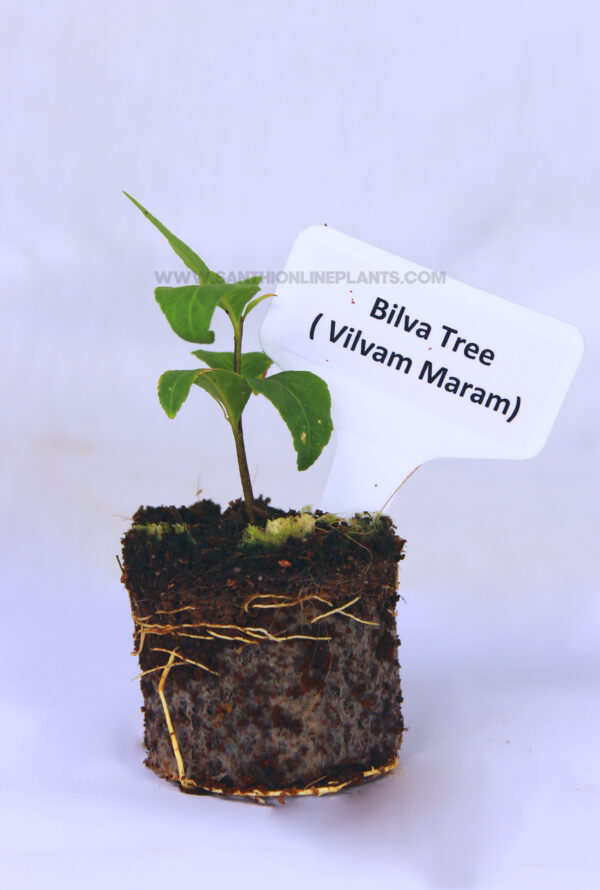
Bilva tree(Vilvam Maram) Santhi Online Plants
The bilva tree is found throughout the Indian subcontinent. The tree is sacred to both Hindus and Buddhists and has a number of medicinal benefits. How to plant a bilva tree. To plant a bilva tree, you will need the following: - a bilva tree seed - a pot or container - potting soil - a watering can. 1. Fill the pot or container with.
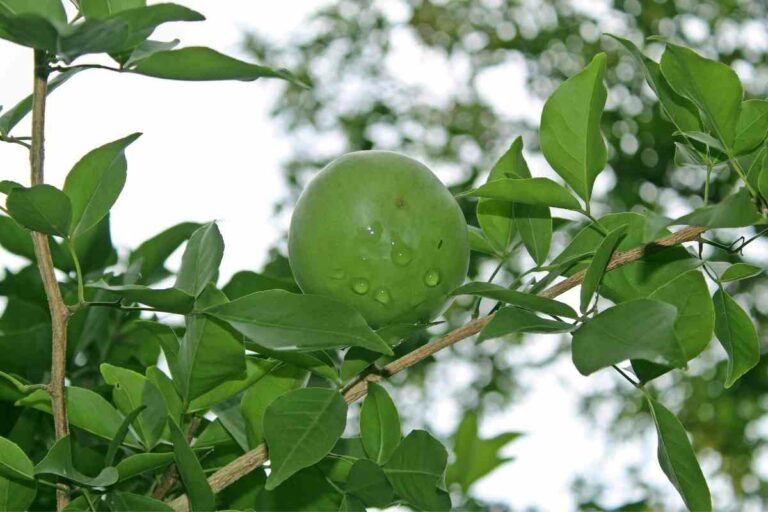
Growers Guide For Bilva Tree Gardenia Organic
Bael is a spinous deciduous and aromatic tree with long, strong and axillary spines. This Bael tree grows up to 18mt in height and thickness of tree is about 3-4ft. Bael Leaves are 3-5 foliate, leaflets are ovate and have typical aroma. Bael Flowers are greenish white in color and sweet scented.

Buy Bel Tree, Bilva Patra, Bel Patra Plant Online Lilplants
Aegle marmelos Correa ( Figure 20.1 ), commonly known as Bilva or Sriphal or Shivadruma (the tree of shiva) in Sanskrit, Bel or Bael in Hindi, and as wood apple, stone apple, Bengal quince, Indian quince, holy fruit or golden apple in English, is an important medicinal tree in India.

Buy Bel Tree, Bilva Patra, Bel Patra Plant Online Lilplants
Shaivites commonly offer Bilva leaves to Shiva, especially on Shivaratri — this is why Bilva trees are so common near temples. The Shiva Purana, Padma Purana, Skanda Purana and Devi Bhagavatha Purana detail the rituals involving the Bilva tree. In contrary to popular beliefs, no scriptures state any restriction about where to plant the Bilva.
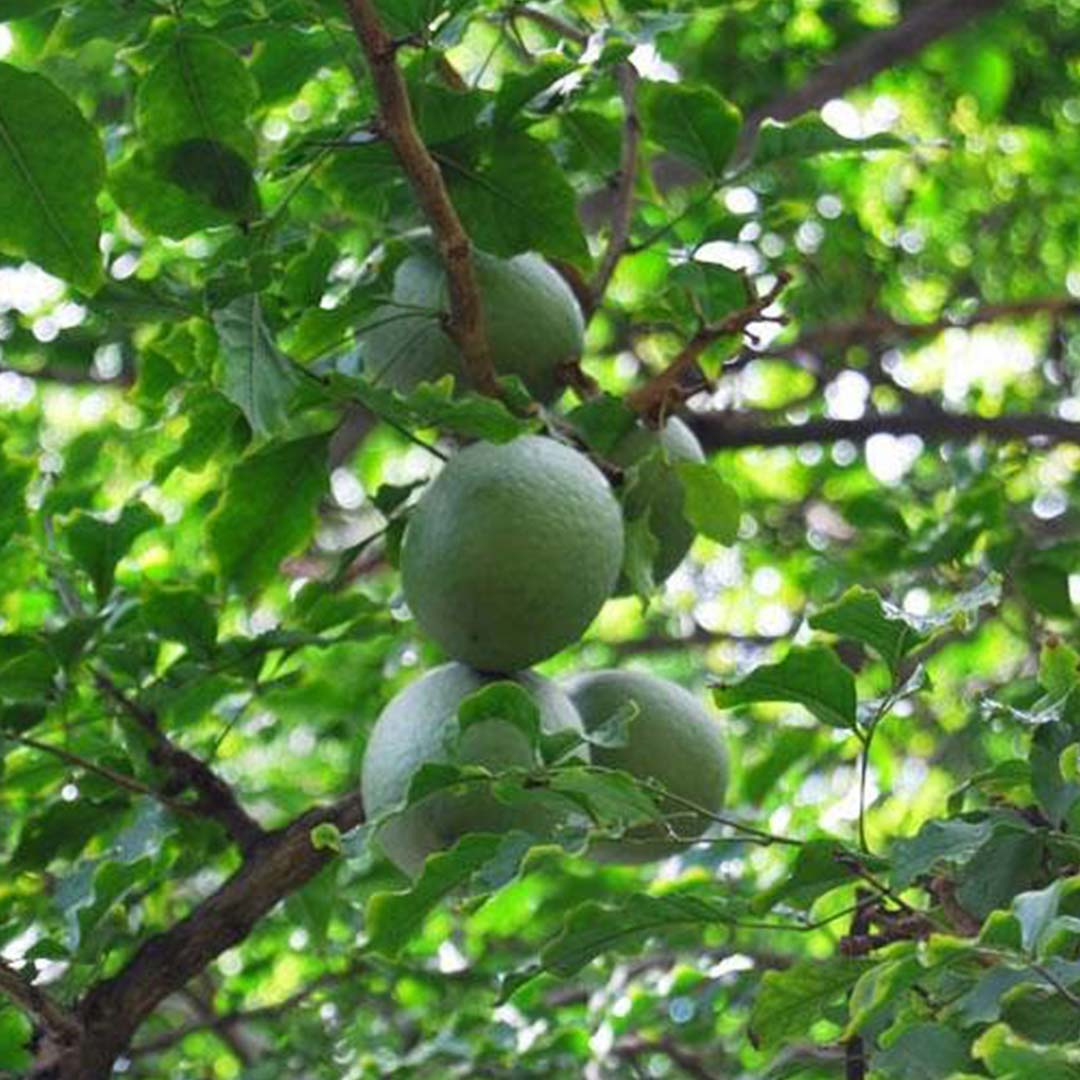
Bilva treeVilvam Maram Santhi Online Plants Nursery
Bel Tree, Bilva Patra, Bel Patra - live Plant. Rated out of 5 based on customer ratings. ( 27 customer reviews) ₹ 599.00 ₹ 399.00. Bel patra Tree is recommended for chitra nakshatra or kanya rashi. The deciduous tree with trifoliate leaves is traditionally used as a sacred offering by Hindus in India to Lord Shiva.
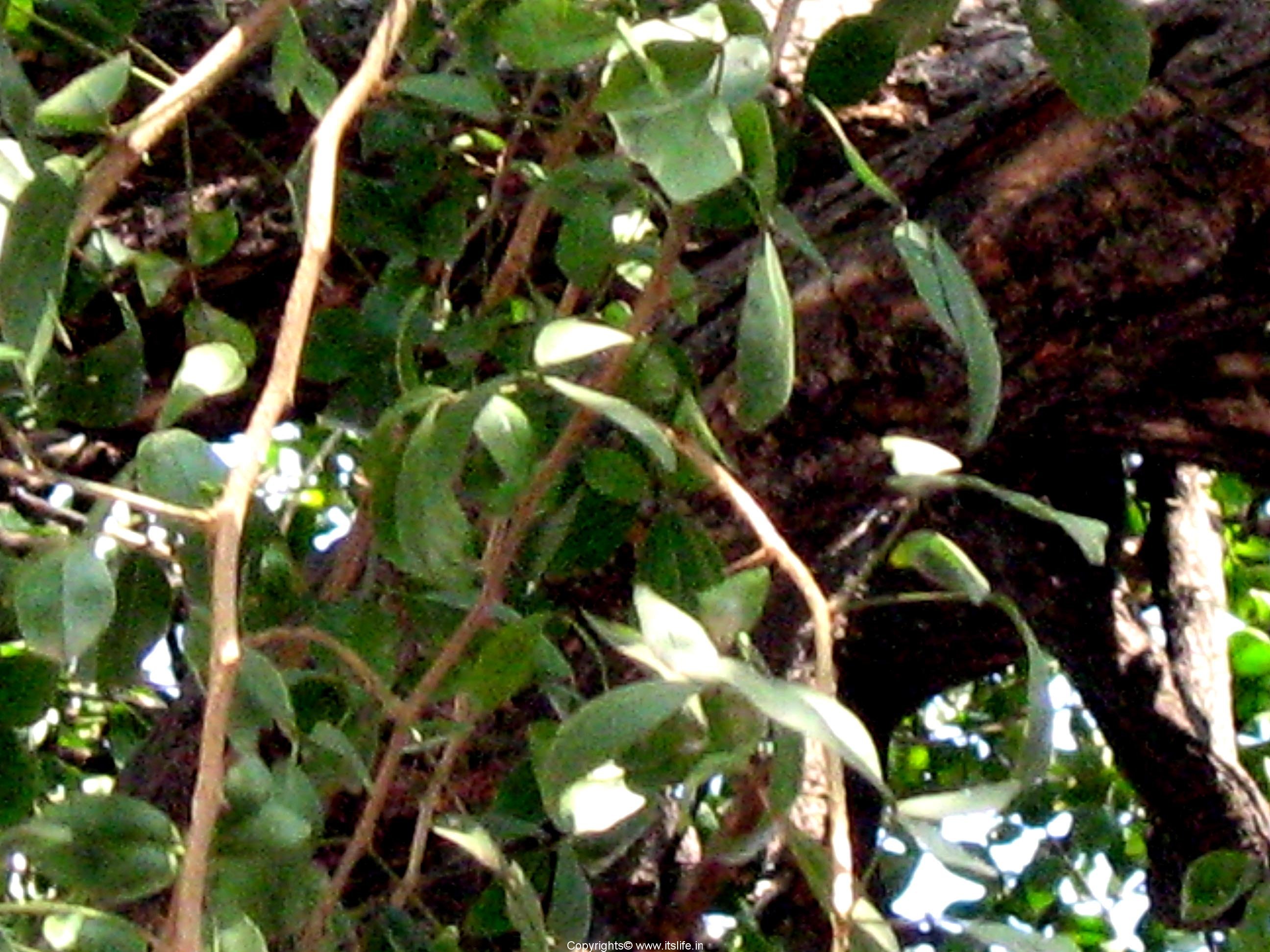
Bilva Tree Aegle Marmelos Rutaceae Trees of India Holy Trees of India
The bilva patra plant also known as the Aegle marmelos is an evergreen tree native to India. The tree produces fruits that are used in traditional medicine due to their numerous health benefits. Besides its medicinal properties, the leaves of the bilva patra tree are considered sacred by Hindus and used in various religious rituals.

Health benefits of auspicious traditional medicinal plant Bilva Patra tree in Kannada Bilva
Where Do Bael Trees Grow? Bael trees are native to the Western Ghats of India as well as in tropical and subtropical regions. But they can also be found in many Southeast Asian countries including Nepal, Bangladesh, Pakistan, Sri Lanka, Cambodia, Vietnam, Malaysia, Java, Thailand, Fiji, Philippines, etc. Other Names Of bael tree leaves
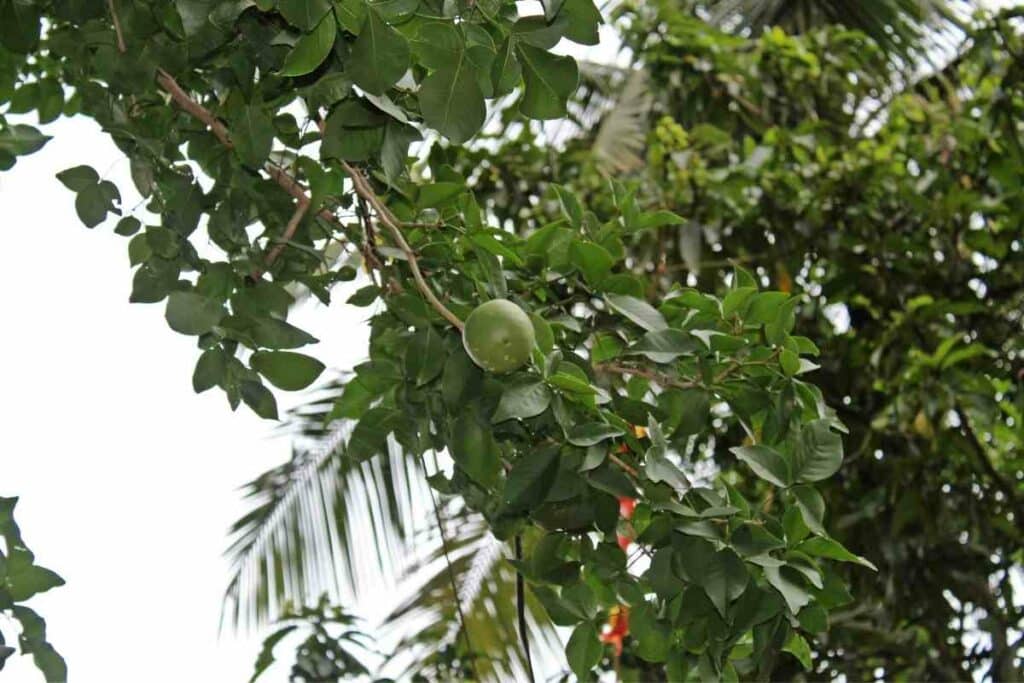
Growers Guide For Bilva Tree Gardenia Organic
Just like Tulsi plant is sacred to Lord Krishna and Durva grass is sacred to Lord Ganesha, Bilva tree is sacred to Lord Shiva. Since the Bilva leaf has such significance in the worship of Lord Shiva, it is common to find Bilva trees cultivated in the vicinity of Shiva temples.

Bilva Bael Uses, Benefits, Properties, Side Effects, and Dose
Plant Summary Aegle Marmelos is the botanical name of the sacred plant Bilva or Stone Apple or Bael or Shivadruma. It belongs to the Rutaceae* family. Lord Shiva is fond of this tree and in the courtyard of every temple of Shiva; a Bilva tree will be planted. The leaves of the tree are trifoliate representing the three eyes of the Shiva.
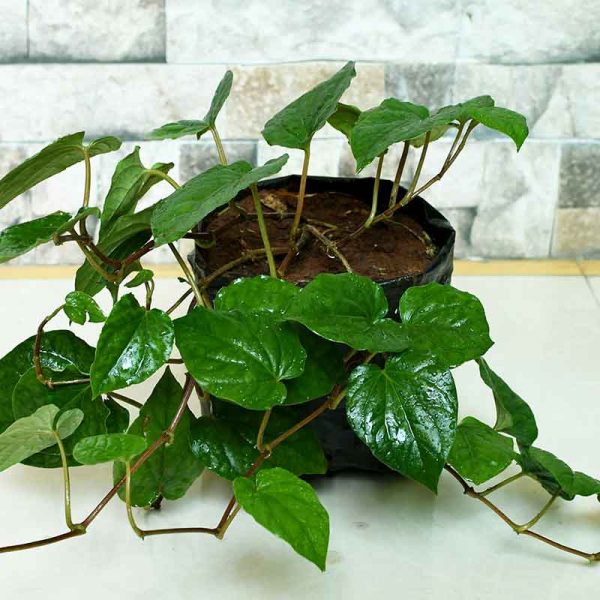
Buy Bel Tree, Bilva Patra, Bel Patra Plant Online Lilplants
The Bilva plant is a hardy and adaptable tree that can grow up to 40 feet tall, making it an excellent addition to any garden or landscape. In this article, we will provide you with all the information you need on how to grow and care for Bilva plants. Benefits of Bilva Plant
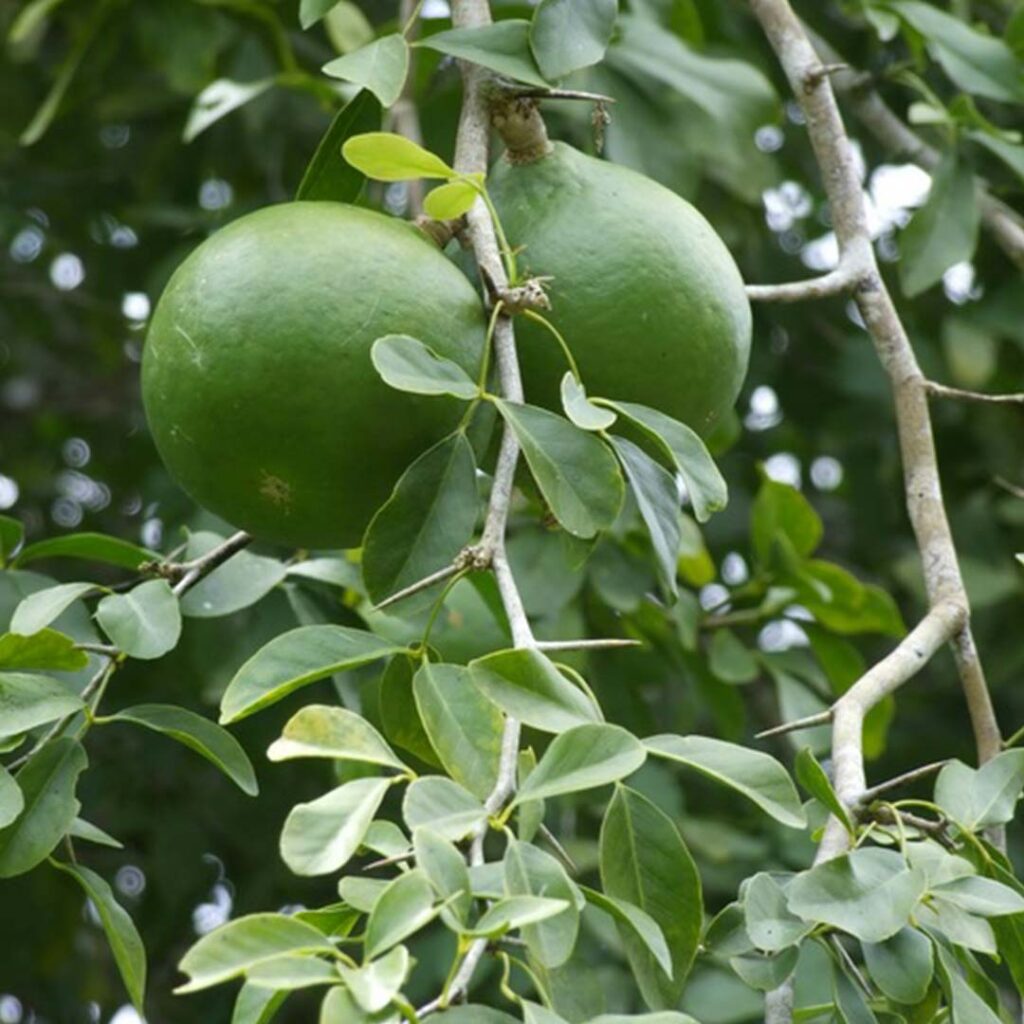
Bilva treeVilvam Maram Santhi Online Plants Nursery
Step 1: Dig the Hole To plant the sapling, with a shovel, dig a pit that is three to two times bigger than the root ball of the Bilva plant. And it should be as deep as the root ball. Remember to prepare a hole that will not cover the trunk flare of the plant after planting. Step 2: Prepare the Sapling
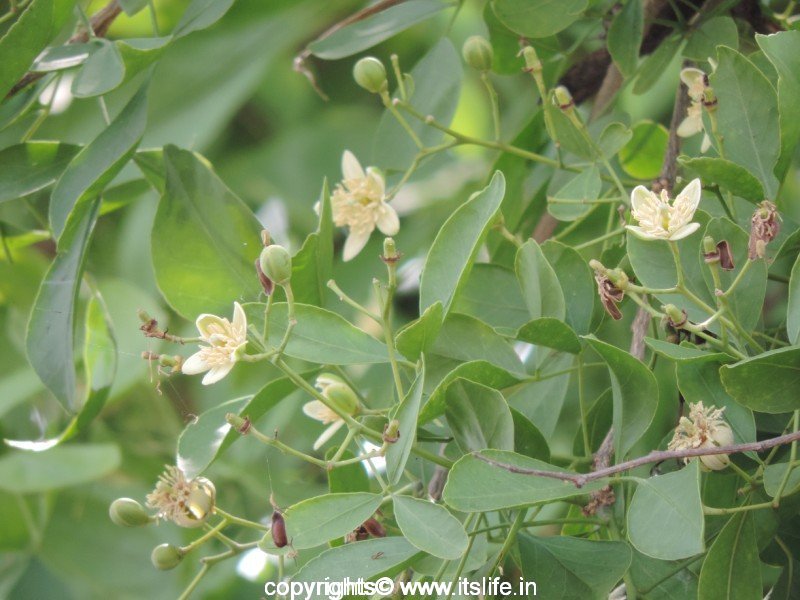
Bilva Tree Aegle Marmelos Rutaceae Trees of India Holy Trees of India
12 I have planted a Bilva (Bel) plant in my lawn whose leaves I use for Shiva pooja. Some of the priests said that Bel plant should not be planted in the house. Instead, it should be migrated to a temple. Is it true? shiva plants Share Improve this question Follow edited Oct 2, 2014 at 14:25 Kedarnath 4,688 13 36 68 asked Oct 2, 2014 at 13:57
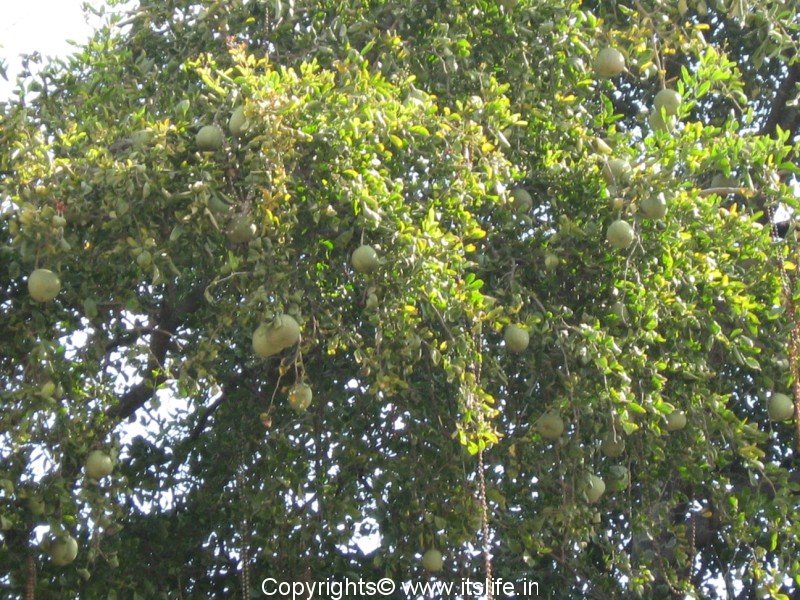
Bilva Tree Aegle Marmelos Rutaceae Trees of India Holy Trees of India
1. Soil 2. Climate How to Grow Bilva Tree At Home: Step-by-Step Process Step 1: Preparation Step 2: Prepare the Sapling Step 3: Transplant Step 4: Add Mulch Conclusion Frequently Asked Questions (F.A.Q's): Is it safe to grow a Bilva tree at home? Can you grow a Bilva tree with its seed? How often to water the Bilva tree at home?

100 Pure Orgranic Certified Bilva Leaves, Vilva Tree Leaves, Koovalam Three Leaf at Rs 300/kg
Pakistan Bangladesh These trees do produce fruit and also highly sweetly scented green/white flowers. The fruits have a similar shape to pears but they tend to get much bigger and most are around the size of a grapefruit. The fruits have a woody shell and a yellow, gray or green skin.

Buy Bel Tree, Bilva Patra, Bel Patra ( Grown through seeds ) Plant online from Nurserylive at
Bilva is a deciduous tree that can grow to heights of up to 8 metres. The branches have sharp spines and the flowers are a greenish-white colouring with a very sweet scent. The fruits are a large, greenish-white colour with a very tough and woody outer coating. Bilva trees will commonly grow in the Himalayas up to altitudes of 1200m.